Curious about Spain’s small but flavorful fruit? Get to know more about Spanish Olives, including the various types of olives that come from the different regions of Spain.
A bite of Spanish olives equals a burst of flavors only this fruit can give. No wonder there is a lot of Mediterranean food and Spanish tapas with olives in them!
Spanish Olives
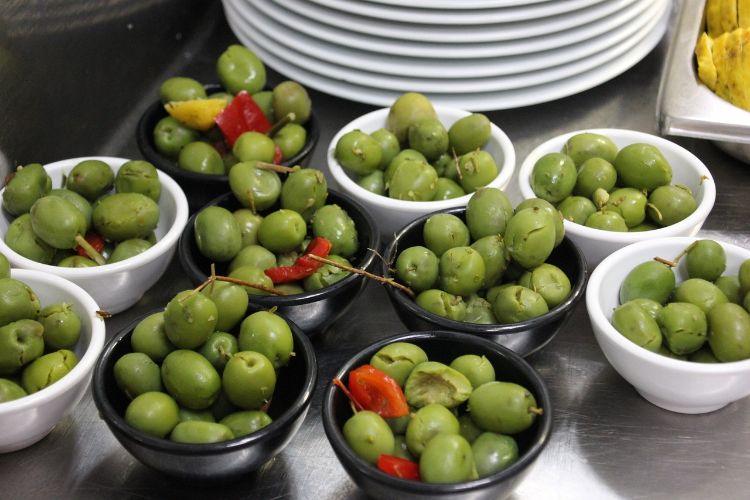
According to the International Olive Council, to know the history of the olive tree, you have to go back to the twelfth millennium BC.
However, it was not until 1050 BC that the olive tree found its way to Spain through the Phoenicians.
The Spanish olive tree developed its full potential only after the Roman general named Publius Cornelius Scipio Africanus arrived in Spain in 212 BC.
The trees dominated Baetica Valley, and then afterward the Mediterranean region.
The Arabs, during their trip to the southern part of Spain, have gifted Spain with several other varieties of olives.
No wonder the Spanish and Portuguese names for olives are directly connected to their Arabic counterparts:
English: olive / olive oil
Arabic: زيتون or zaytun
Spanish: aceituna / aceite
Portuguese: azeitona / azeite
The California Olive Committee recognizes the importance of Spain in the global spreading of olive tree planting.
The cuttings that the Spaniards brought to Peru around the 16th century paved the way for the appetite for olives to be embraced in America and beyond.
Green vs. Black Olives
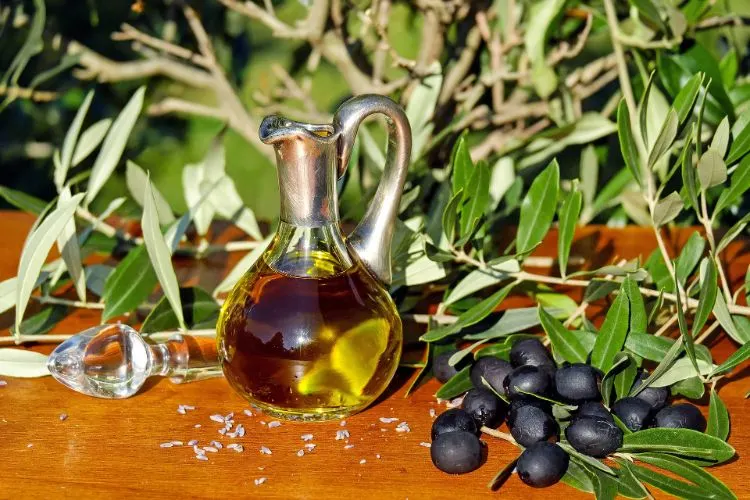
Is there really any difference between green and black olives aside from their colors? The answer is yes, there is.
It is all in the ripeness. When olives are fully ripe, they turn black. Black olives are naturally sweet.
When they are not yet ripe, olives are green. Without any curing process, green olives are bitter.
Types of Olives
Spanish olives are generally divided into two categories: whether they are green or black.
Here are the different types of olives according to the category as well as other factors:
Manzanilla Olives
Category: Green Olive
Manzanilla olives originated in Sevilla, Spain.
When describing the taste of the Manzanilla, the words full, firm, and juicy come to mind. Even if it is not ripe, it is not as bitter as the others.
Manzanilla olives come in various sizes and are often the olives served with a martini. It is the most common variety which you will encounter because its tree bears a lot of fruit.
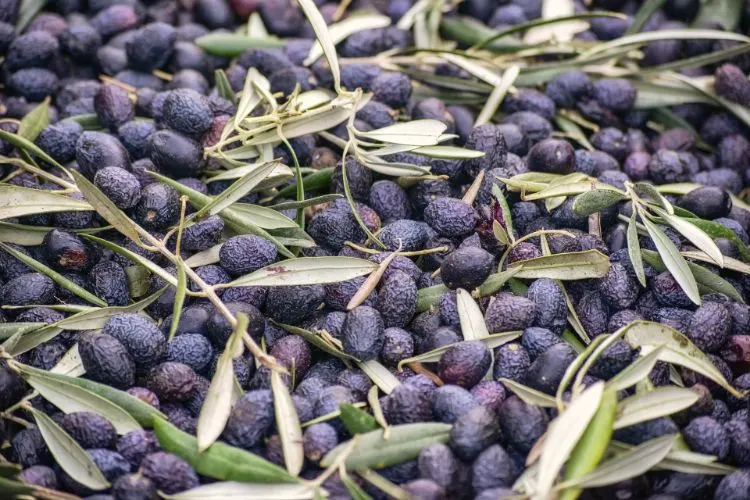
Aragón Olives
Category: Black Olive
Aragón olives come from the region of Aragón in Spain, mostly from Huesca, Teruel, and the Bajo Aragón District. They are also called Empeltre olives.
The flavor profile of Aragón olives is fruity and mildly spicy. This type of olive is not commonly found in the markets.
Cacereña Olives
Category: Black Olive
Cacereña olives are from the region of Extremadura. They are black olives in the advanced stage of ripeness before being plucked out of the olive tree.
The size of this type of olive is in the medium range. It is not usually made into oil because you cannot garner much from it. Instead, it is eaten as it is.
When you bite into a Cacereña olive, you will taste that it is both sharp and salty at the same time. You often find this Spanish olive as an ingredient in salads.
Campo Real Olives
Category: Green Olive
Campo Real Olives come from Madrid. They are green-brown in color. This is one of the types of olives that is a must-try during your visit to Spain.
Campo Real is thin-skinned and full-bodied. This round olive is best known for its robust flavor.
Campo Real Olives are usually preserved in brine solution and then seasoned with different aromatics.
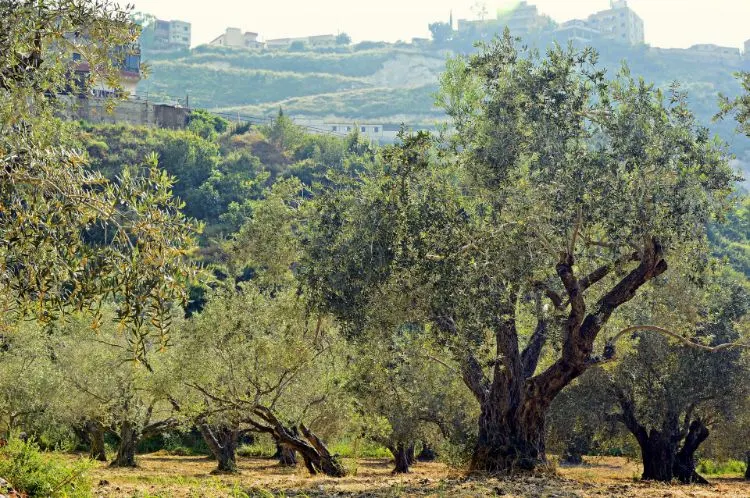
Hojiblanca Olives
Category: Green or Black Olive
Hojiblanca olives come from the region of Andalusia. Other names for this type of Spanish olives are Casta de Cabra, Casta de Lucena and Lucentino.
Hojiblanca, or white leaf in English, got its name from the characteristic of the tree’s leaves.
Hojiblanca olives can be harvested either as a green or black olive.
Hojiblanca can be enjoyed as an oil or as an eating olive. Once tasted, you will recognize hints of spiciness, nuttiness, and firmness.
Gordal Olives
Category: Green or Black Olive
The cultivation of Gordal olives is centered in the province of Seville. It is also regarded as Gordal Sevillana, in honor of the place where it mainly grows.
Gordal in English means “fat one,” somehow giving you a hint of the olive’s roundness.
Gordal olives are of the eating variety. You will find it crunchy but not overpowering to the tastebuds.
Malagueña Olives
Category: Green Olive
Malagueña olives are common in the Malaga Province. They are also called Aloreña olives.
This type of Spanish olive differs from the rest when it comes to curing. Before being brined, the olives are cracked so that natural fermentation occurs.
This extra process helps to speed up the curing process and strengthen the flavor of the olives. That is why the Malagueña is perfect for marinades.
How to store Olives?
An unopened olive jar can last at room temperature until its Consume Before date. There is no need to place an unopened olive jar inside the refrigerator.
However, once opened, the rest of the olives should be kept soaked in their liquid and stored in a nonmetal container with its lid closed. Consume the remaining olives one month after opening.
Frequently Asked Questions about Spanish Olives
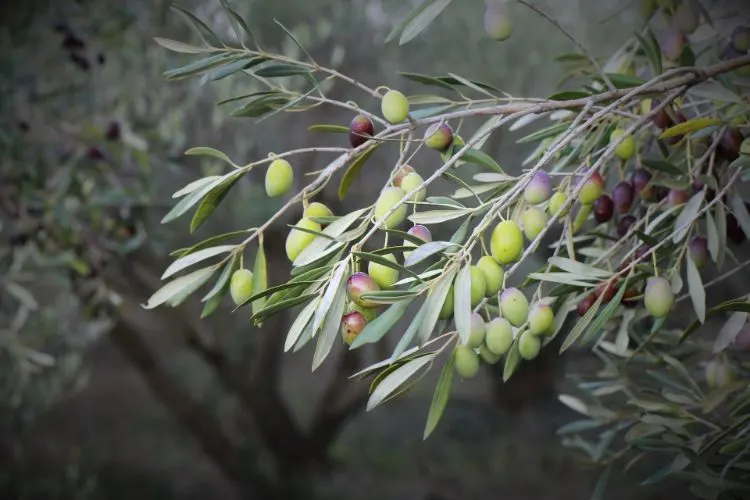
Which are healthier, green or black olives?
There is not really a difference between green and black olives. Both provide a good amount of monounsaturated fat and minerals.
How many olives should you eat a day?
Eight to ten olives are good for a day’s consumption. This serving has around 30 calories for green olives and 35 for black. However, this number is still dependent on any pre-existing medical condition that you may have.
What happens if you eat too many olives?
As with any food, the intake of olives should be in moderation. Brine is basically salt and water, and excessive consumption of salty foods is never good for your body.
Why do black olives turn green?
Naturally, it is the other way around: green olives turn black because they ripen.
Why do green olives taste different than black olives?
Green olives are harvested way before they ripen and turn black. Once eaten, you will be hit with concentrated bitterness that is natural for unripe fruits. That is why black olives are definitely sweeter.
Can you eat olives straight off the tree?
You can most definitely eat olives off the tree, but it will not be tasty. They will have a bitter taste.



Leave a Reply